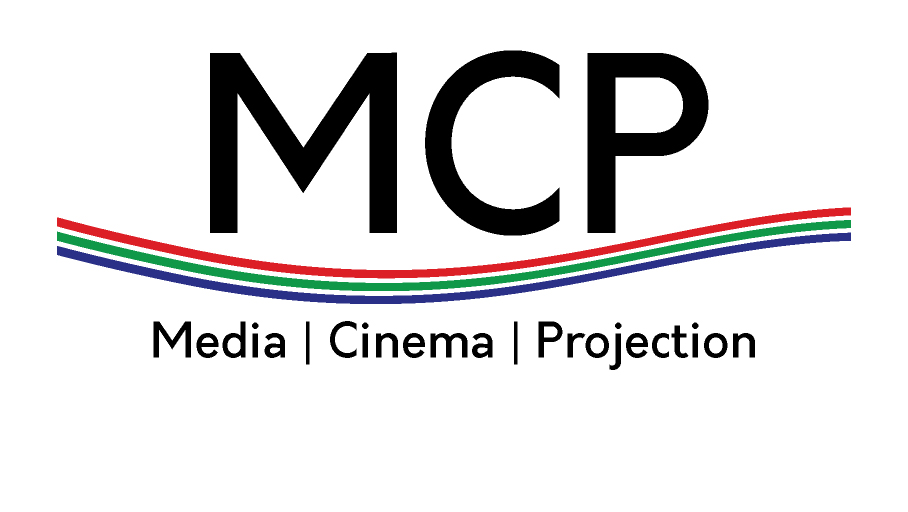I would hope as a civilization we are past the days of automatically applauding the cinematic representation of sexual minorities simply for its mere existence. Don’t get me wrong — the novelty of seeing queer characters portrayed in film and on TV hasn’t worn off for me yet. It’s a privilege that neither my younger self, nor queer audiences of decades prior, had the opportunity to enjoy. Yet, no matter how exciting it can feel to be superficially acknowledged by a heteronormative film industry, real problems with representation still exist.
A plethora of dangerous stereotypes takes up space in cinema that should be filled by real, honest depictions of queer experiences. The classic “gay best friend” trope is certainly no exception. In this trope, a queer or queer-coded character (often male) is only allowed to exist if attached to a straight protagonist (often female) as a sort of social commodity. This best friend is often a sloppy caricature of LGBT+ stereotypes who receives little to no character development beyond their sexual orientation. Ryan Evans (Lucas Grabeel) of “High School Musical” and Damian Leigh (Daniel Franzese) of “Mean Girls” are two fun examples of the “GBF” in movies that I love. These characters, while enjoyable, make no effort to hide the scriptwriters’ lazy, reductive writing of gay characters.
Instead, here I want to look at two coming-of-age dramas that approach gay-straight friendship in more nuanced ways. I will start with a beautiful film that absolutely crushed my little closeted spirit during the summer before my freshman year of college. “The Perks of Being a Wallflower” changed my life.
Source: https://dailyutahchronicle.com/2020/04/11/pop-cultured-gay-best-friend/
